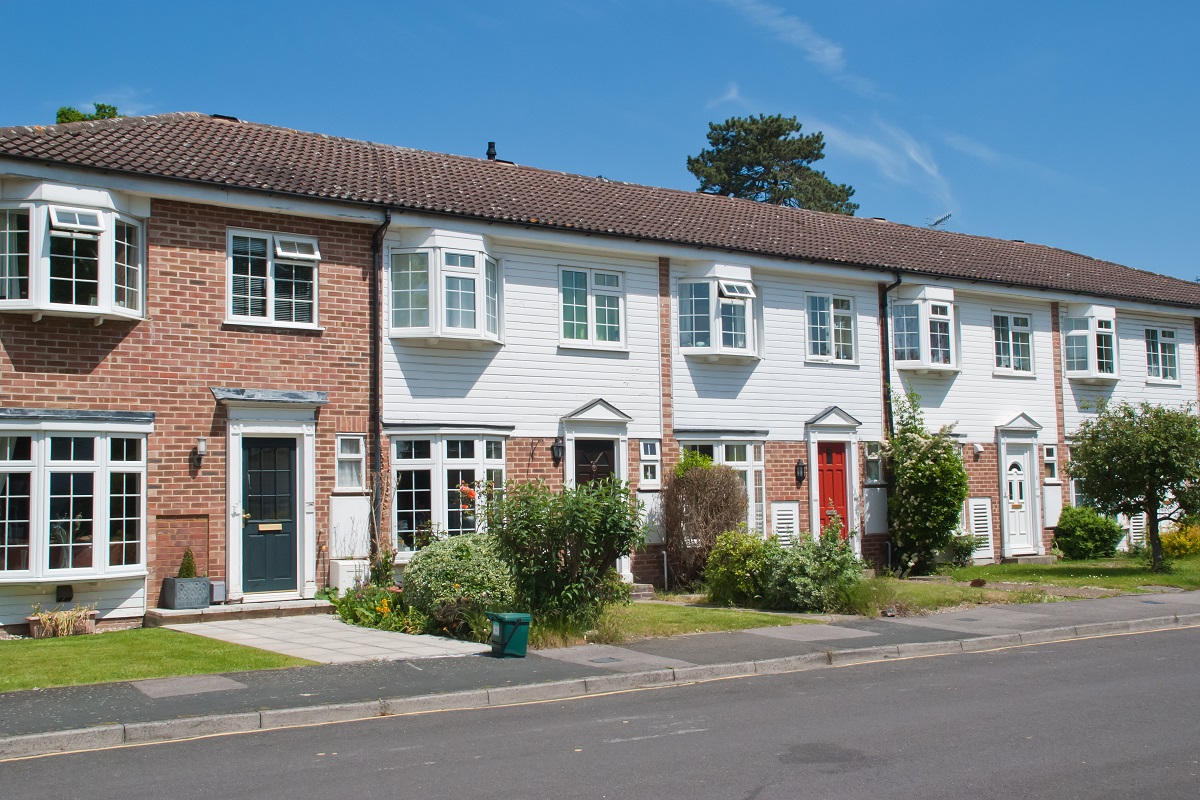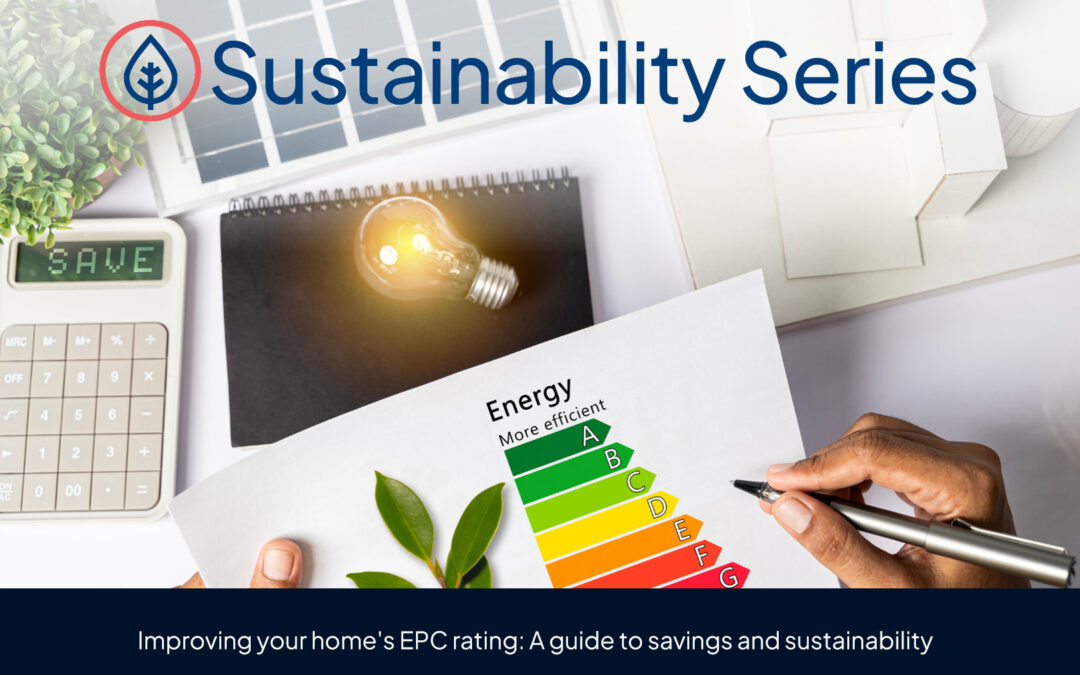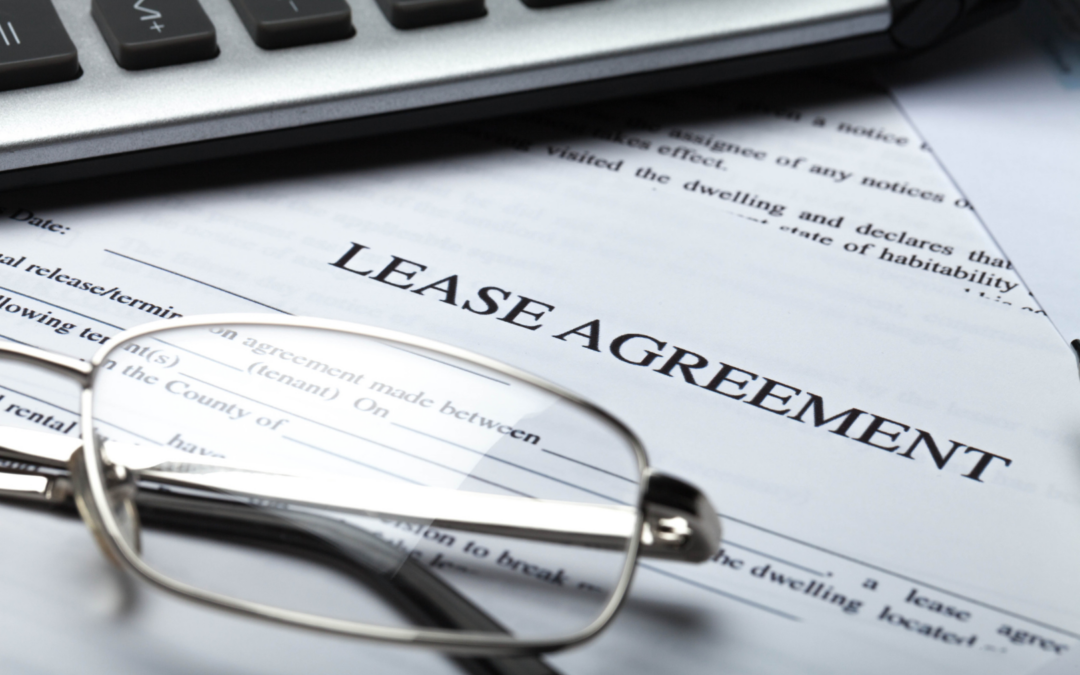Moving house is one of the most stressful events anyone goes through and dealing with estate agents, property lawyers and conveyancing can seem like a bamboozling process with a lot of legal lingo bandied about.
To try and help with this, we at the Council for Licensed Conveyancers (CLC) have put together a list of the most common terms you’re likely to come across, with a brief explanation.
It is important to remember that this is your property purchase and it’s your conveyancer’s job to help you understand what you are being told, that you are going to be able to do what you want in your new home and what you are signing. If you’re not sure, don’t be shy to ask.
The conveyancing process
Conveyancing: The legal and administrative process of buying or selling land or property.
Conveyancing fees: When buying a freehold property, the average total fee for conveyancing is £1,040 and for the seller it is £1,000. This includes 20 per cent VAT and is based on the average UK home price of £232,797. This sum also includes the disbursements incurred by a conveyancer on your behalf, see below.
Finding a conveyancer: You can find a conveyancing lawyer licensed by the CLC in England and Wales by visiting our website.
Caveat emptor: Latin for ‘Let the buyer beware’ – essentially, while the seller cannot lie about the property, it’s up to the buyer to check what they are buying by making their own investigations, e.g. through a survey, searches or physical inspection.
Searches: The buyer’s conveyancer should organise a series of searches with organisations that have information about the property you are buying, such as the local council, local water authority or coal mining authority. These are vital to ensure the buyer knows what exactly it is they are buying.
Subject to contract: Negotiations are ongoing, but nothing has been legally agreed.
Exchange of contracts: This is the moment the buyer and seller legally agree the sale of the property and a deposit is paid. After this date neither party can back out of the agreement without consequences. A completion date is agreed as part of this process.
Disbursement: A cost that your conveyancer incurs as part of the process, such as Land Registry and search fees, which are passed on to the buyer.
Completion: The moment when the transfer of ownership and remaining payment for the property are formally completed. This is the day that keys are exchanged and the purchaser moves into the property.
House buying terms
Freehold: Complete ownership of the land with no time limitation on that ownership.
Leasehold: The land is owned by the freeholder and the buyer buys the right to occupy it for a certain period of time – often decades or even hundreds of years – in a lease.
Registered/Unregistered land: Most land in England and Wales is registered electronically with HM Land Registry, a government body. Its electronic register is definitive evidence of who owns a piece of land, its extent (through the title plan) and anyone else with an interest in it, such as a mortgage lender. Around 15 per cent of land is not yet registered (because it has not been sold for a long time), but there is still usually evidence available via the title deeds as to who owns it. Unregistered land will have paper title deeds and is usually more complicated to buy, so the process can take a little longer and it will usually need to be registered.
Read more
- A guide to buying land: 10 top tips
- The stamp duty reduction claim HMRC is cracking down on
- Buying a house in a flood risk area
Ground rent: A usually annual regular payment that the leaseholder must make to the freeholder. The amount of the payment and when it must be paid (and to whom) will be set out in the lease. Be sure that you understand how any ground rent might increase over time so that you know you will be able to afford it in future.
Chattels: Individual, moveable items – such as beds and tables – that are not part of the sale price unless otherwise agreed.
Fixtures and fittings: Items that have been fixed or fitted to the property – such as lights and bathroom suites – which are included in the sale.
Conveyancing clauses and documents
Conveyance: A name often given to the document by which the property is formally transferred, also known as a transfer or deed of transfer.
Covenant: A legally binding obligation attached to the title to do or not do an action – a positive covenant may require you to contribute to the maintenance of a shared driveway, for example, while a negative covenant prevents you from doing something such as running a business from it or building another structure.
Property information form: A form the seller must complete with information about the property, such as boundaries, neighbours, work done, services and guarantees.
(Title) Deeds: The formal documents that show who owns the land.
Ways of buying
Joint tenants/Tenants in common: If two or more people are going to be the legal owners of the property, there are two ways they can own it. As joint tenants, they all own it indivisibly; if one dies, then the other(s) continue to own it and there is no transfer of ownership that would be subject to inheritance tax. Tenants in common (despite the name, it has nothing to do with being a tenant) means that each person owns a specific agreed proportion of the property, meaning they can sell their interest in the property if they wish; on death, that proportion forms part of their estate. Where one person contributes a lot more of the purchase price than the other(s), being tenants in common is a way to reflect that.
This post was written by Stephen Ward of the Council for Licensed Conveyancers






